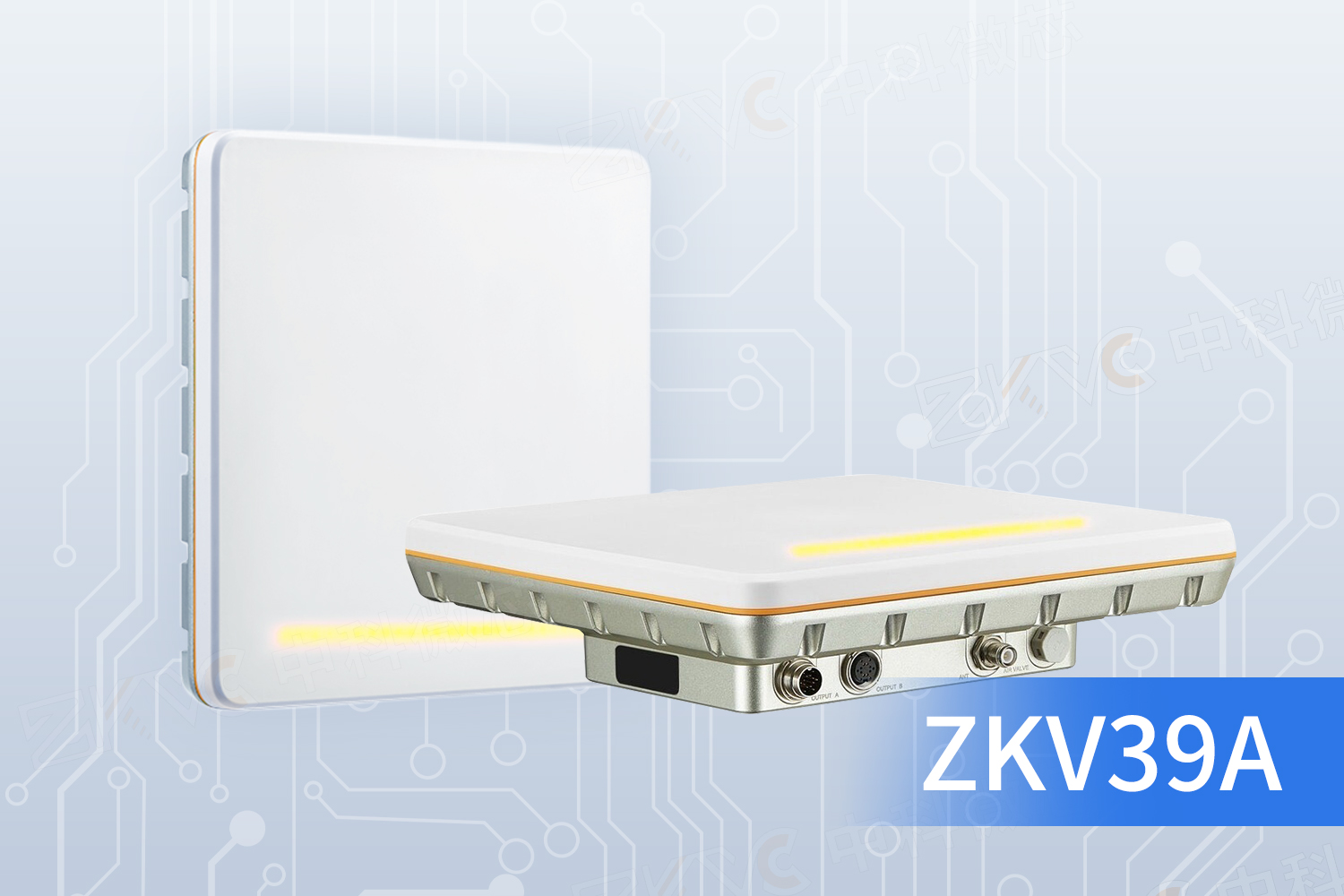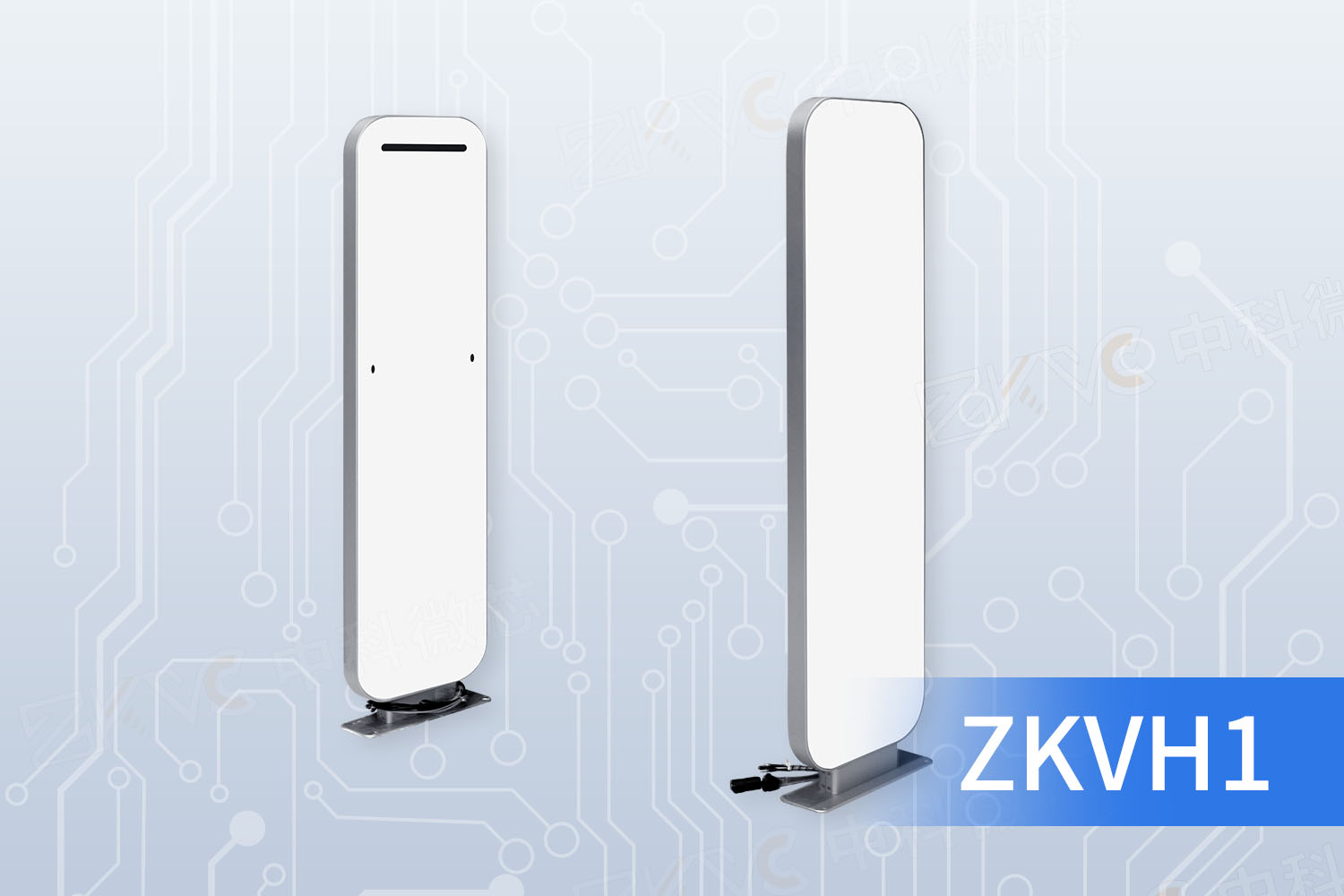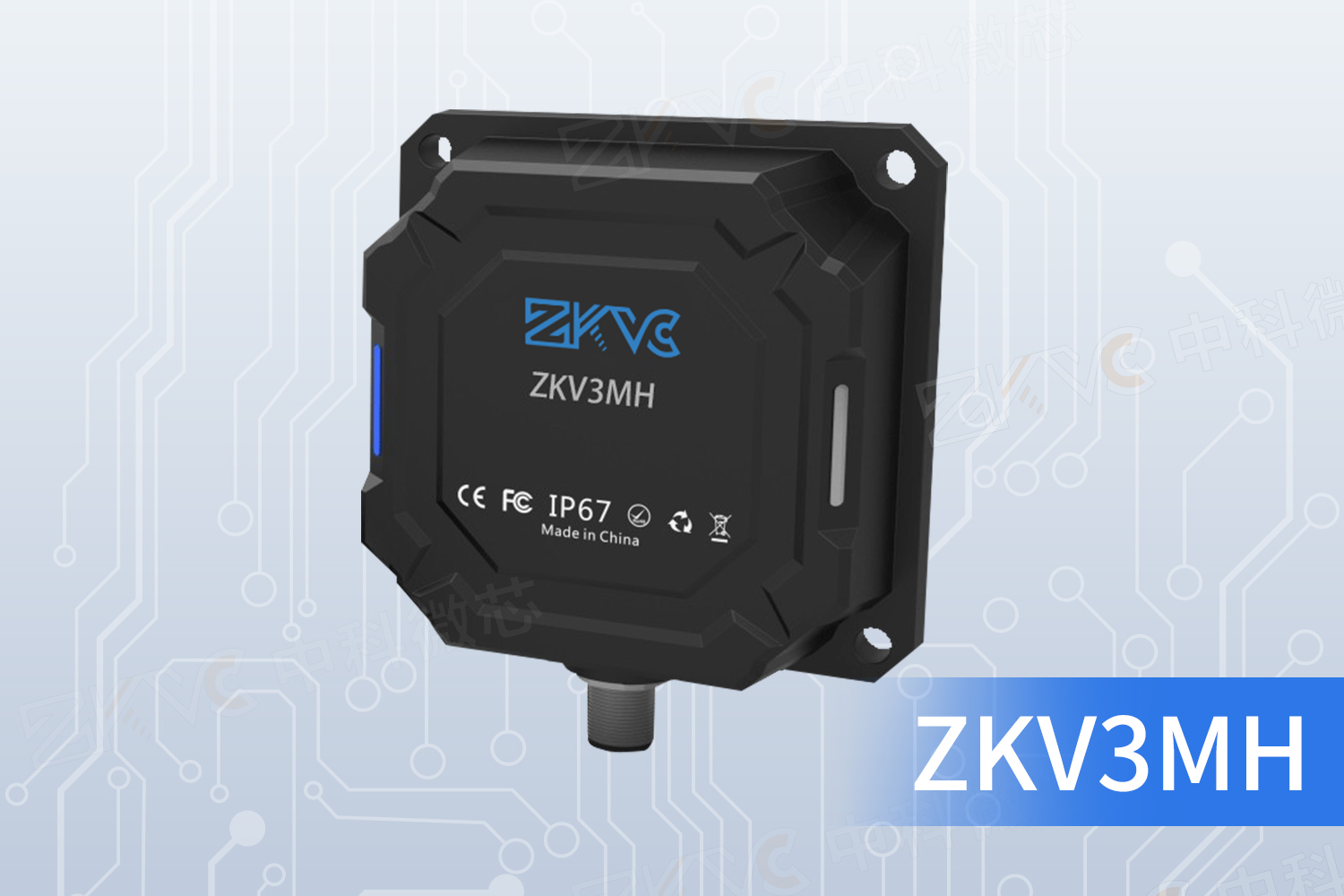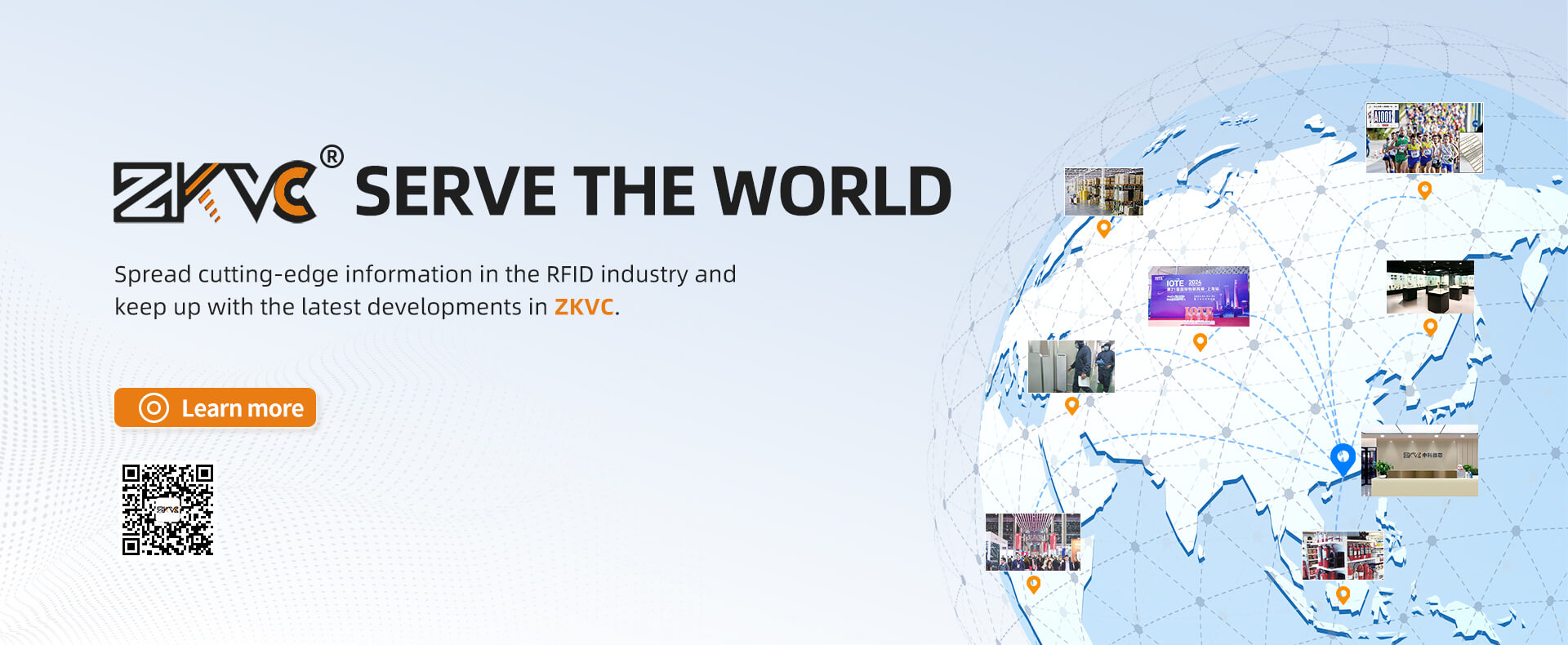1、Fixed Reader
(1) Morphological Features:
Usually adopts a chassis-type or industrial modular design, requiring an external antenna (with 4-channel and 8-channel ports).
Supports wired network or wireless communication (Wi-Fi/4G).
(2) Core Differences:
High power (adjustable from 0 to 35dBm), supporting dense tag group reading (hundreds of tags per second).
Supports complex protocol stacks (such as ISO18000-6B/6C EPC C1G2, GB/T29768, GJB7377.1 protocols) and edge computing (such as data filtering and caching).
(3) Typical Applications:
Warehousing and logistics access control, production line automation, smart shelves.
(4) Usage Notes:
A directional antenna (such as a panel antenna) needs to be configured to reduce multipath interference.
Signal overlap should be avoided when deploying multiple antennas (through spatial isolation).

2、Integrated Reader
(1) Morphological Features:
The reader and antenna are integrated into a single housing, with a "box-like" shape.
It usually has a built-in processor and operating system (such as Linux, facilitating customized application development).
(2) Core Differences:
It features portability and easy installation, suitable for temporary deployment.
The power is adjustable from 0 to 35 dBm, and the reading/writing distance ranges from 0 m to 25 m (related to transmission power, antenna type, tag type and application environment).
(3) Typical Applications:
Parking lot management, retail store inventory checking, fixed asset inspection.
(4) Usage Notes:
Avoid close-range shielding in metal environments (which may cause standing wave interference).
The antenna direction needs to be calibrated regularly (especially for gun-type integrated machines).

3、Handheld Reader
(1) Morphological Features:
A portable device integrating an RFID module, antenna, battery, and display screen (in the form of a PDA, for example).
Supports Bluetooth/Wi-Fi for synchronizing data with the backend system.
(2) Core Differences:
Designed with low power consumption, with power usually ≤ 1W (the reading distance of 0 m to ≥ 20 m is related to the tag and environment).
Strong functional expandability (optional barcode scanning and camera can be equipped).
(3) Typical Applications:
Warehouse inventory counting, clothing store management, field asset tracking.
(4) Usage Notes:
The tag reading angle is sensitive, so it is necessary to keep the tag parallel to the antenna plane.
In metal environments, it is recommended to use anti-metal tags and adjust the handheld distance.

4、Portal Reader
(1) Morphological Features:
A multi-antenna array is integrated into a gate-type frame to form an "RFID portal".
Supports high-speed parallel reading of multiple tags (e.g., thousands of tags per second).
(2) Core Differences:
Directional coverage and anti-missed reading (through antenna opposite emission or reflection design).
Strong anti-interference capability (adopting frequency hopping or adaptive frequency modulation technology).
(3) Typical Applications:
Logistics sorting lines, library entrances and exits, anti-theft in clothing stores.
(4) Usage Notes:
Adjust the antenna polarization direction (e.g., vertical polarization to reduce the impact of human occlusion).
The tag pasting position needs to be standardized (to avoid signal blind areas caused by the concentrated passage of metal objects).

5、Industrial-grade Reader
(1) Morphological Features:
Reinforced housing (IP67 protection rating) with a wide temperature design (-40℃~85℃).
Supports industrial protocols (such as PROFINET, Modbus).
(2) Core Differences:
High reliability, resistant to vibration, dust and water.
Usually equipped with redundant power supplies and fault self-diagnosis functions.
(3) Typical Applications:
Port container management, mining equipment tracking, outdoor power facilities.
(4) Usage Notes:
Avoid strong chemical corrosion environments (such as acid-base mist which may damage the housing).
Regularly check the tightness of antenna connectors.

Summary: Before actual deployment, it is necessary to conduct on-site electromagnetic environment testing (such as spectrum analysis) and adjust the reader parameters (such as transmission power and sensitivity threshold) according to the tag type (such as anti-metal tags). Everything should be based on reality, and the selection should be made according to needs, with effectively solving existing problems as the ultimate criterion!





